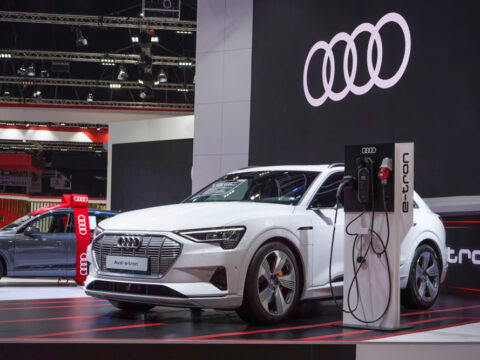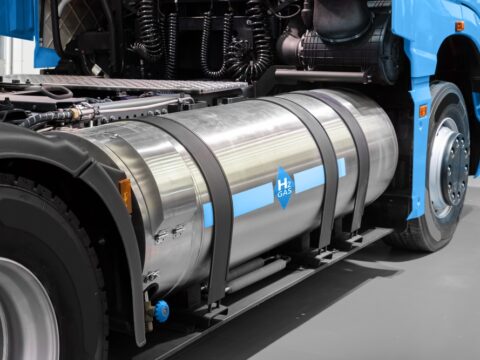Owning an electric vehicle comes with numerous benefits, but there’s one aspect many drivers overlook: the impact of not using it regularly. While it might seem harmless to let your EV sit idle, this habit can lead to some unexpected issues. In this article, we’ll explore 15 surprising consequences of not driving your EV as often as you should.
Contents
Battery Degradation

EV batteries are designed to be cycled regularly, meaning they should be charged and discharged frequently. When an EV is left unused for extended periods, the lack of cycling can cause the battery to lose its ability to hold a charge efficiently. Over time, this can lead to a permanent reduction in battery capacity, which directly affects the vehicle’s driving range, making it less reliable for long trips.
Flat Spots on Tires
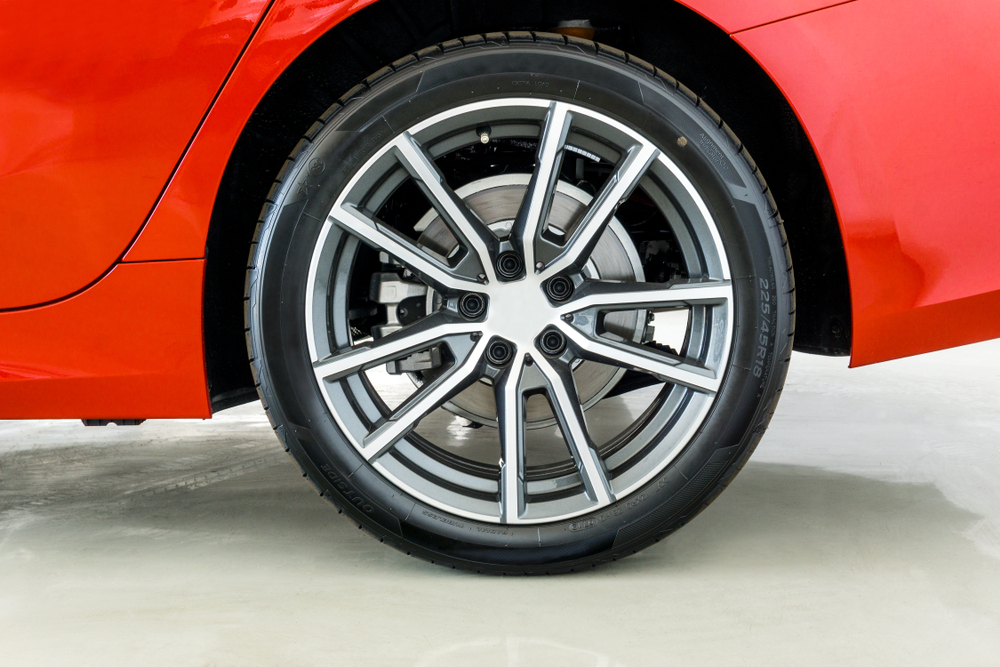
Tires are meant to rotate and move regularly. When an EV remains stationary for too long, the weight of the vehicle can cause the tires to develop flat spots. These flat spots can create vibrations while driving and affect the smoothness of the ride. In severe cases, the tires may need to be replaced, adding unnecessary costs.
Brake System Corrosion
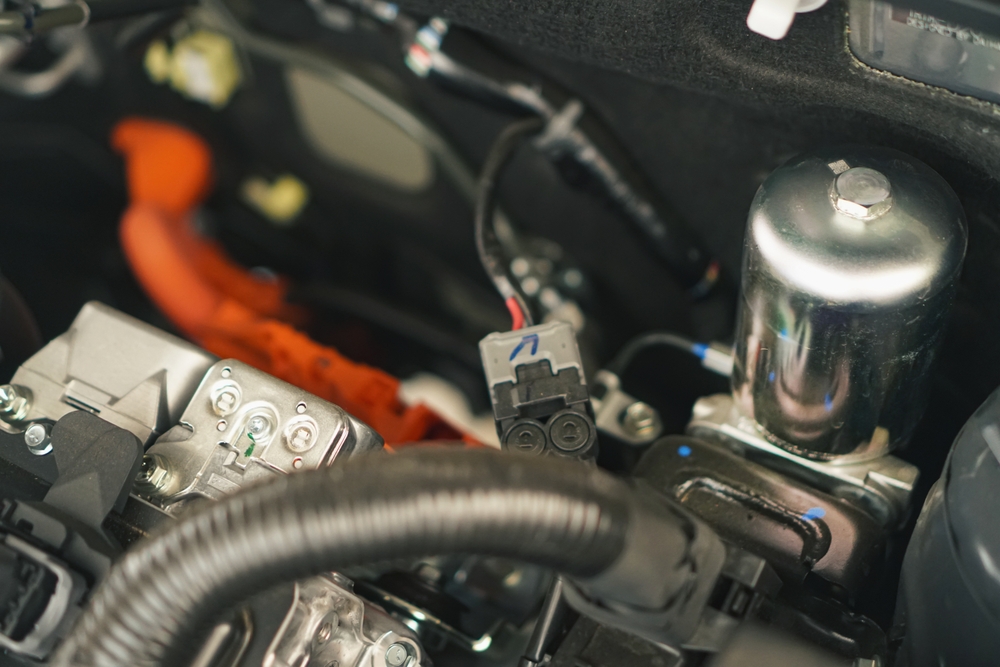
Electric vehicles often use regenerative braking, which reduces wear on the traditional brake system. However, if the vehicle is not driven regularly, moisture can accumulate in the brake components, leading to rust and corrosion. This can compromise the effectiveness of the brakes, increasing the risk of accidents.
Reduced Charging Efficiency
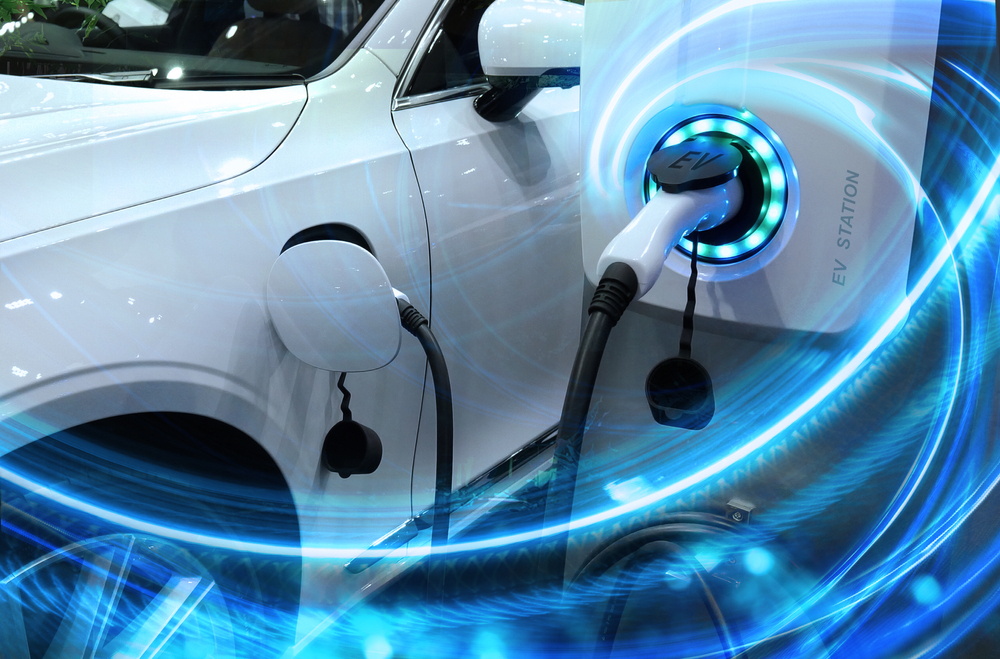
When an EV is left unused, its battery management system may not function optimally, leading to reduced charging efficiency. This means that the vehicle may take longer to charge or may not reach its full charging potential, which can be inconvenient and reduce the vehicle’s usability.
Software Malfunctions
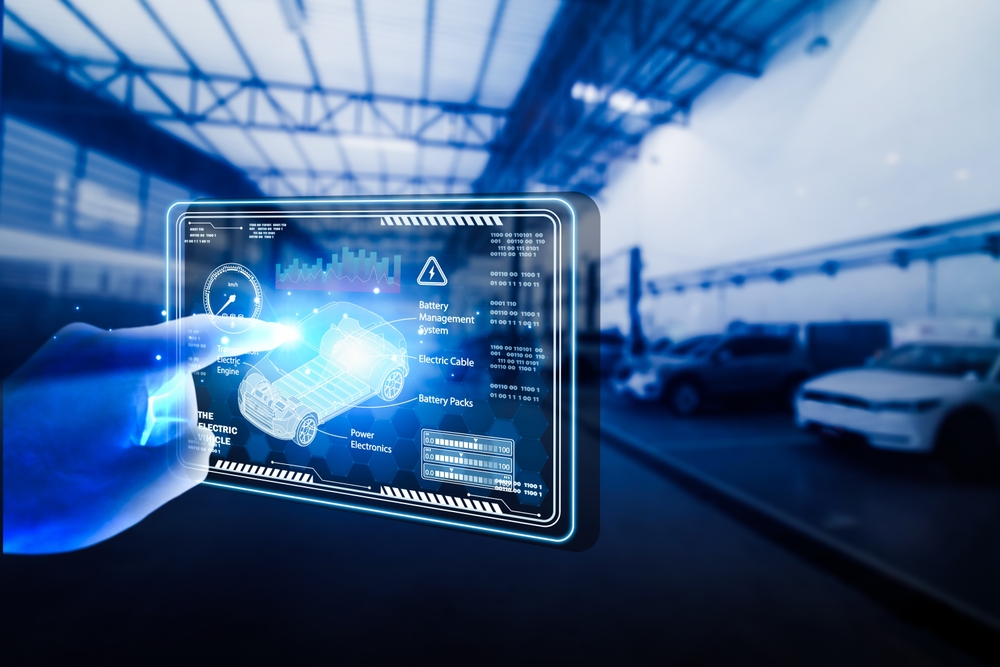
Modern EVs rely heavily on software for everything from battery management to navigation. Regular updates are essential to keep the system running smoothly. If the vehicle is not used regularly, these updates may be missed or not installed properly, leading to software glitches that could affect the car’s performance or safety features.
Coolant System Issues

The coolant in an EV is crucial for maintaining the battery and power electronics at optimal temperatures. When the vehicle isn’t used, the coolant can settle, separate, or degrade, leading to poor thermal management. This can cause the vehicle to overheat when it is finally driven, potentially damaging expensive components.
Tire Pressure Loss
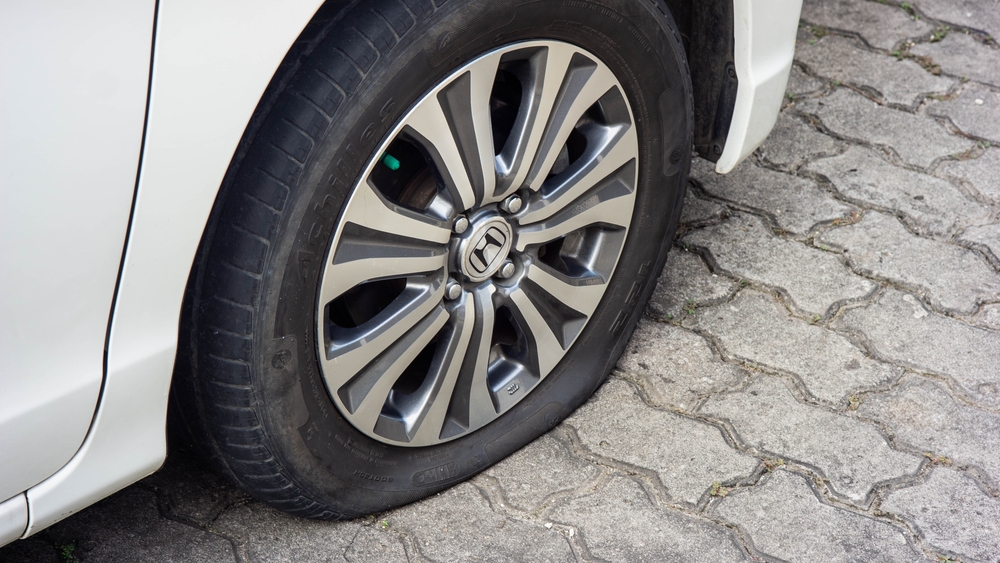
Tires naturally lose air over time, but this process is accelerated when a vehicle is not in use. Underinflated tires can lead to poor handling, increased tire wear, and even blowouts when the vehicle is driven again. Regular driving helps maintain tire pressure by redistributing the internal air.
Decreased Resale Value
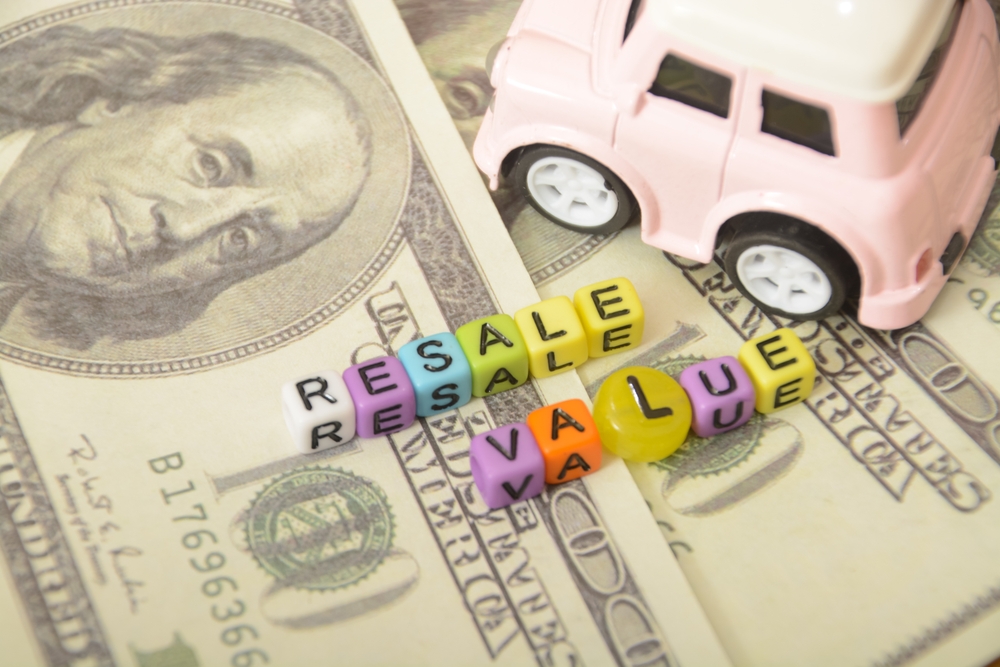
A vehicle that sits unused can show signs of neglect, such as battery degradation, tire wear, and cosmetic issues. This can significantly reduce its resale value, as potential buyers may perceive the car as less reliable or in poorer condition than one that has been regularly driven and maintained.
Battery Imbalance
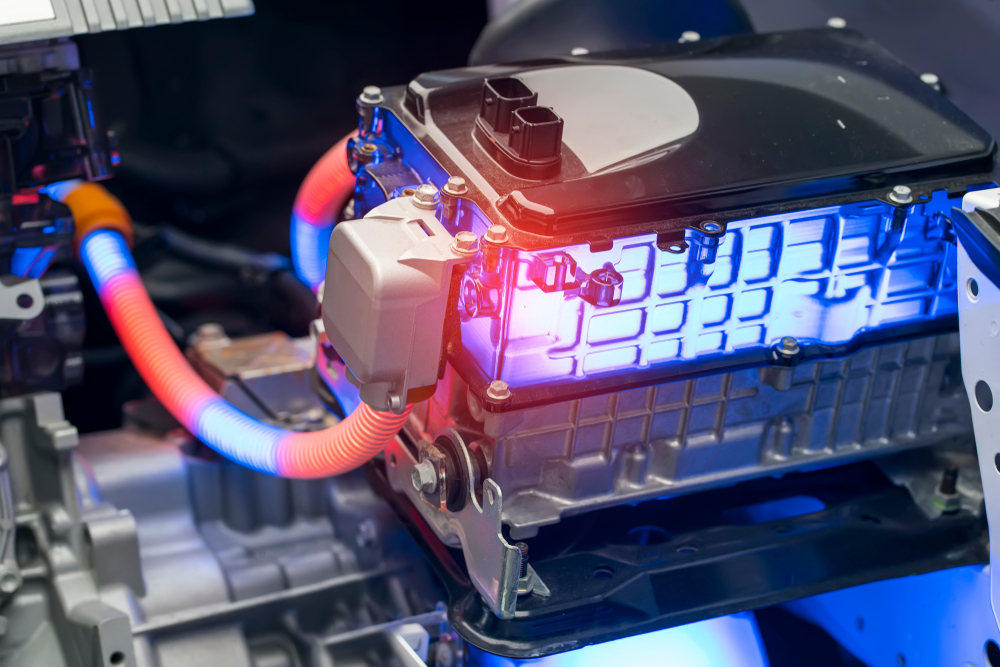
EV batteries consist of multiple cells that need to be balanced for optimal performance. When a vehicle isn’t driven, these cells can become unbalanced, leading to reduced efficiency and potential damage to the battery pack. Regular use ensures the battery management system keeps the cells in sync.
Software Outdatedness

EVs often receive software updates that improve functionality, fix bugs, and enhance safety features. A car that isn’t driven regularly may not receive these updates, leading to outdated software that could result in compatibility issues with charging stations or other new technologies.
Reduced Warranty Coverage

Many EV warranties include clauses that require regular vehicle use and maintenance. Failing to drive the vehicle enough could void parts of the warranty, particularly those covering the battery and drivetrain, leaving the owner responsible for costly repairs.
Brake Fluid Contamination
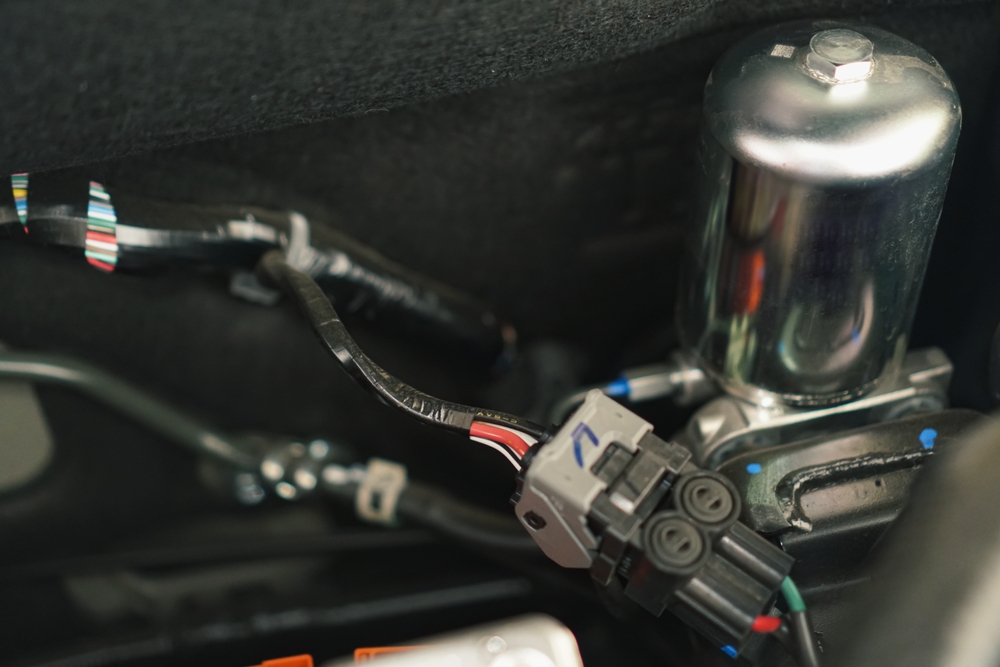
Brake fluid is hygroscopic, meaning it absorbs moisture from the air. If an EV isn’t driven regularly, the brake fluid can become contaminated with water, reducing its boiling point and effectiveness. This could lead to brake failure under heavy use, posing a significant safety risk.
Uncalibrated Sensors
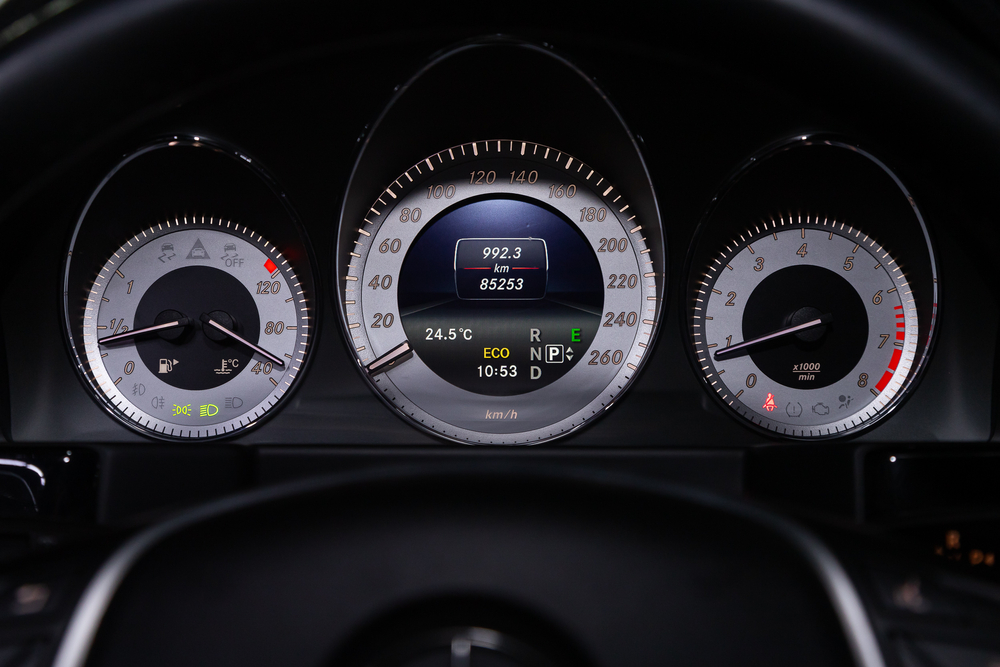
EVs rely on numerous sensors for features like autopilot, lane assist, and parking aids. If the vehicle isn’t used, these sensors may lose calibration, leading to inaccurate readings or even malfunction. Regular driving ensures that these sensors remain accurate and reliable.
Increased Likelihood of Rodent Damage
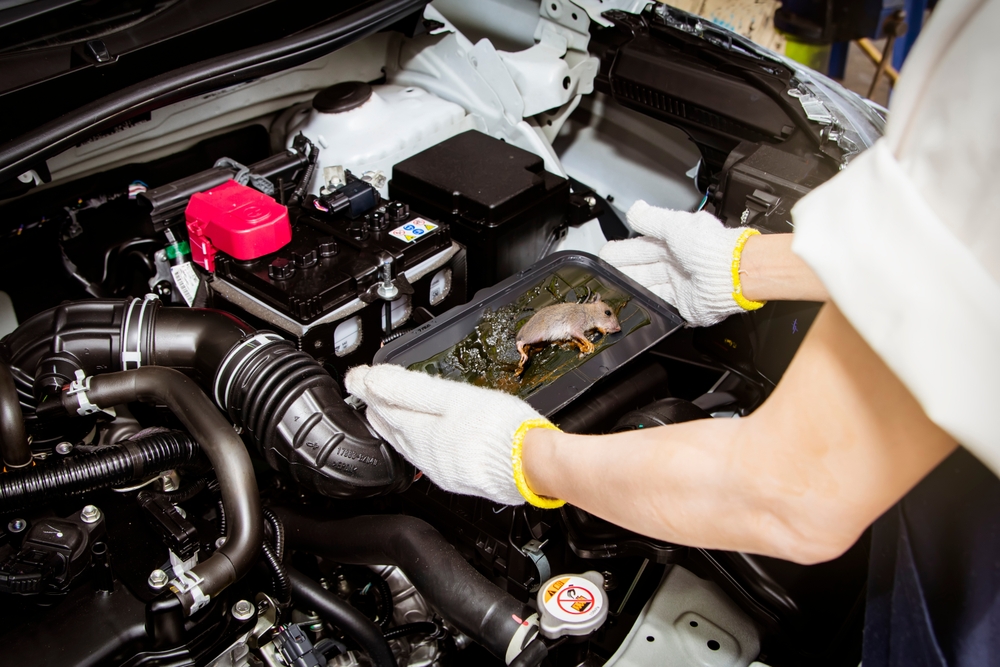
A stationary vehicle can become an attractive nesting spot for rodents. They can chew through wires and other components, causing extensive damage that may be difficult and expensive to repair. Regular driving helps deter rodents by keeping the vehicle active.
Suspension Issues
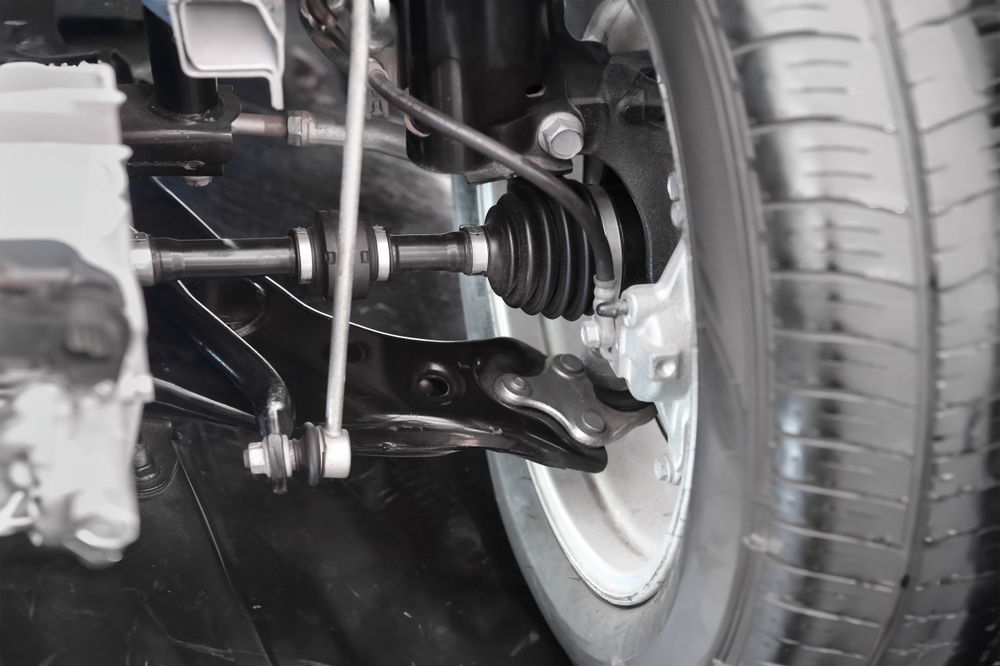
The suspension system is designed to flex and move with the vehicle. When an EV sits idle for long periods, the suspension components can stiffen, settle, or even seize up, leading to a harsh ride and potentially costly repairs when the vehicle is eventually driven again.
This article originally appeared in MyCarMakesNoise.
More from MyCarMakesNoise
10 Retro Agricultural Vehicles Still Used Today

In the fast-paced world of modern agriculture, where technology reigns supreme, a surprising number of farmers still rely on retro agricultural vehicles. These machines, often decades old, continue to plow, plant, and harvest alongside their more technologically advanced counterparts. Read More
13 Little-Known Hybrids with Great Efficiency

Hybrid vehicles have come a long way since their inception, evolving into diverse models that cater to varying tastes and needs. Yet, beyond the well-touted giants of the segment like the Toyota Prius, there exists a plethora of lesser-known hybrids that offer exceptional fuel efficiency and environmental benefits. Read More
15 Surprisingly Affordable Exotic Cars

Exotic cars often evoke images of sleek designs, roaring engines, and, unfortunately, eye-watering price tags. However, the dream of owning a high-performance sports car doesn’t always have to come with a luxury cost. Read More

